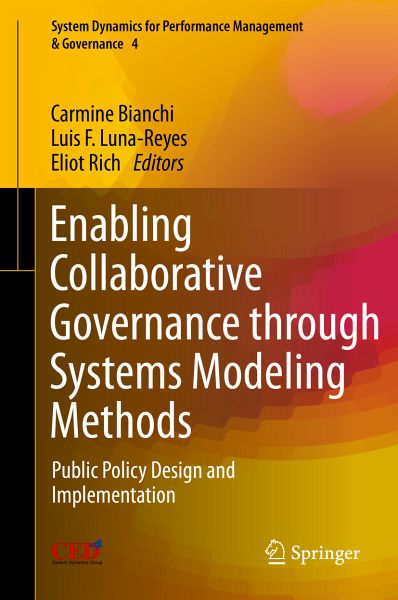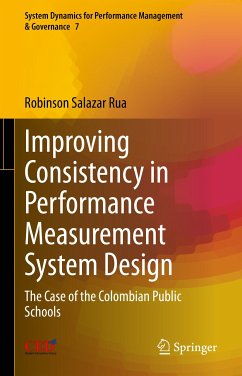
Enabling Collaborative Governance through Systems Modeling Methods (eBook, PDF)
Public Policy Design and Implementation
Redaktion: Bianchi, Carmine; Rich, Eliot; Luna-Reyes, Luis F.
Versandkostenfrei!
Sofort per Download lieferbar
72,95 €
inkl. MwSt.
Weitere Ausgaben:

PAYBACK Punkte
36 °P sammeln!
Presents different approaches to public management problem-solving that applies systemic principles, conceptual and simulation models Examines how public sector organizations are adopting system modeling methods Highlights the need to foster collaborative governance and the design of consistent and robust policies to deal with problems at both inter-institutional and agency levels
Dieser Download kann aus rechtlichen Gründen nur mit Rechnungsadresse in A, B, BG, CY, CZ, D, DK, EW, E, FIN, F, GR, HR, H, IRL, I, LT, L, LR, M, NL, PL, P, R, S, SLO, SK ausgeliefert werden.












